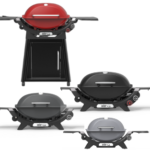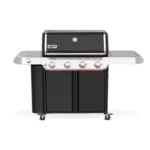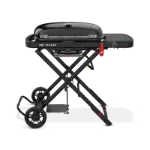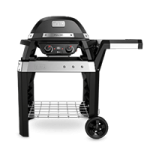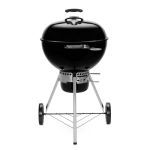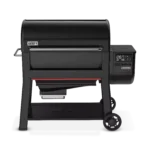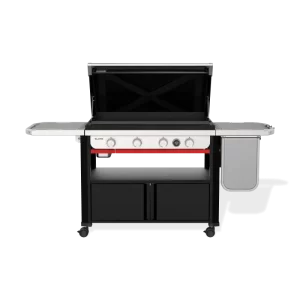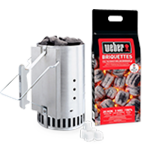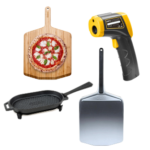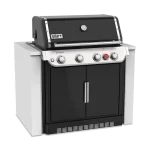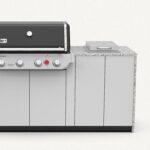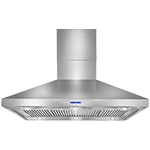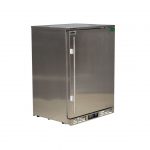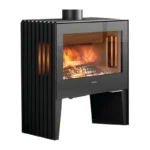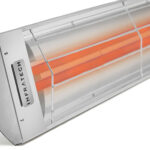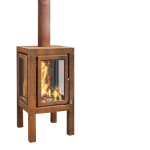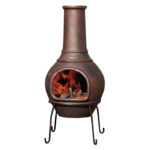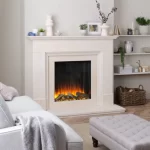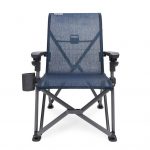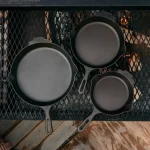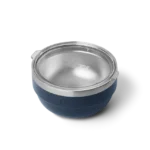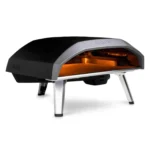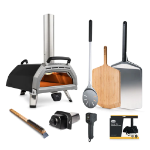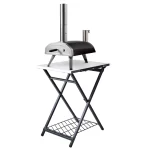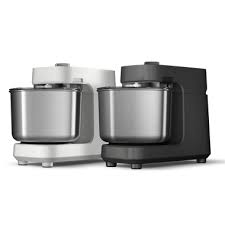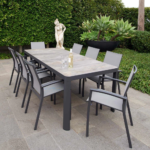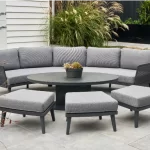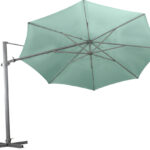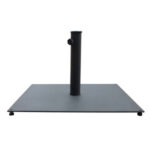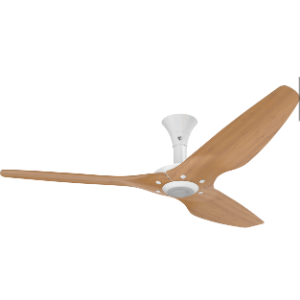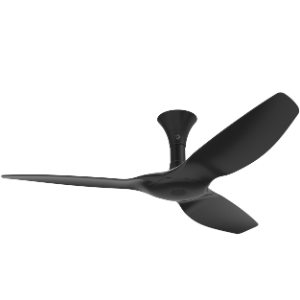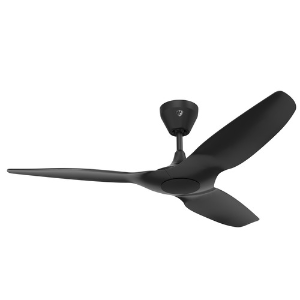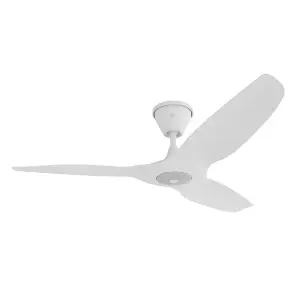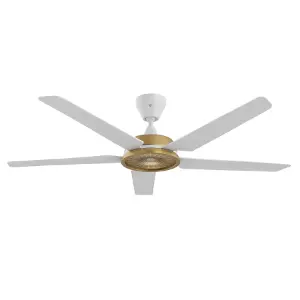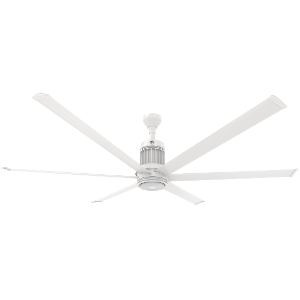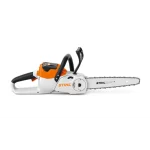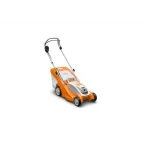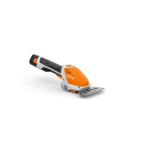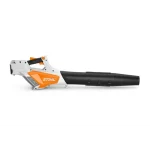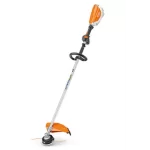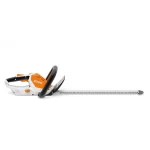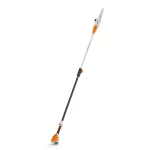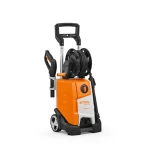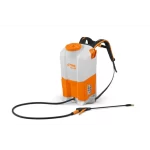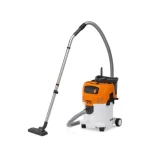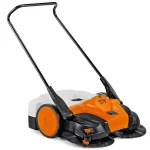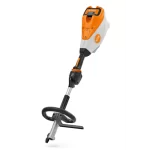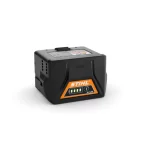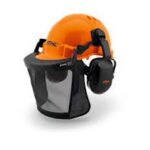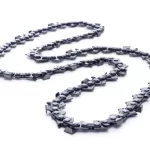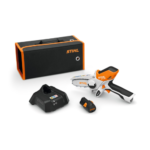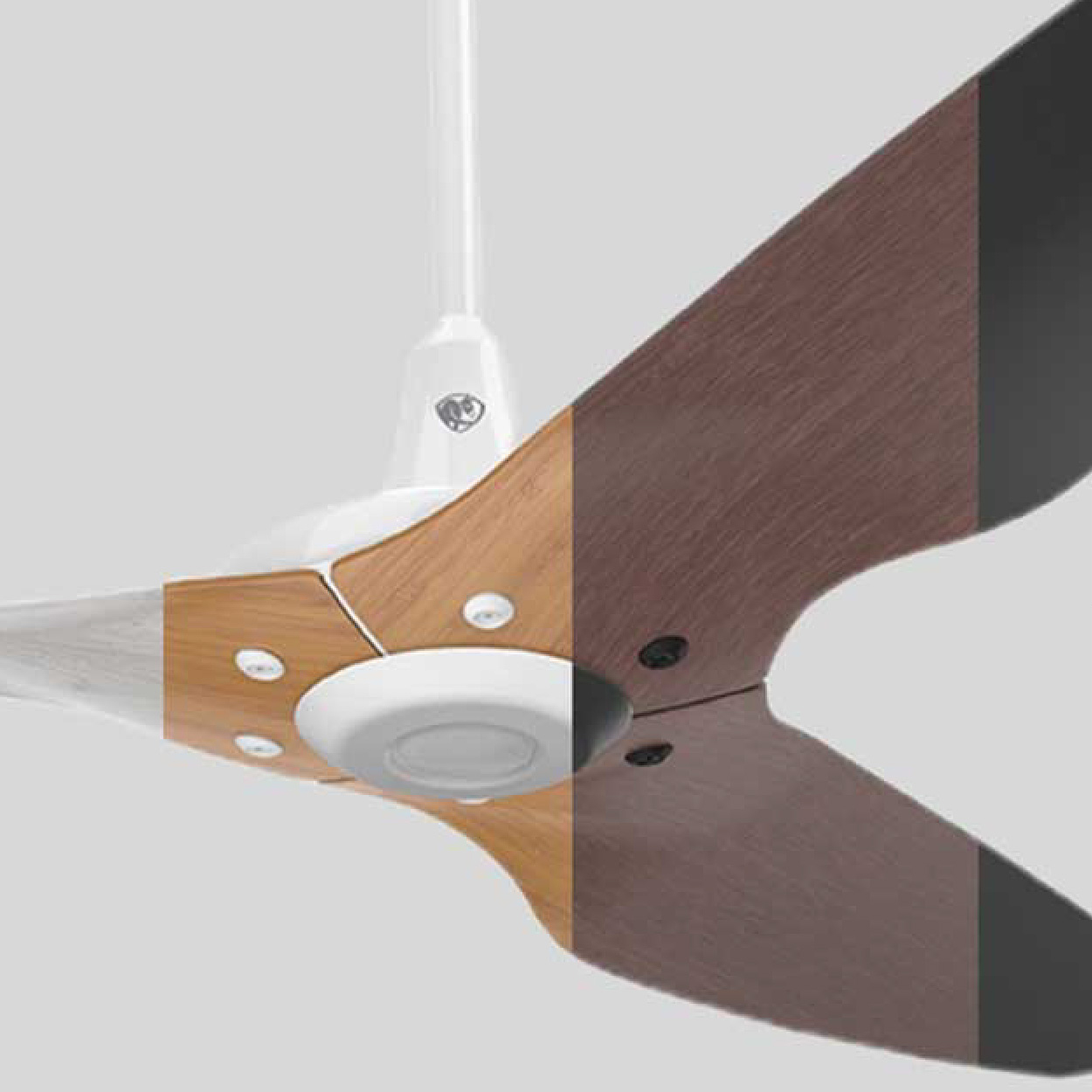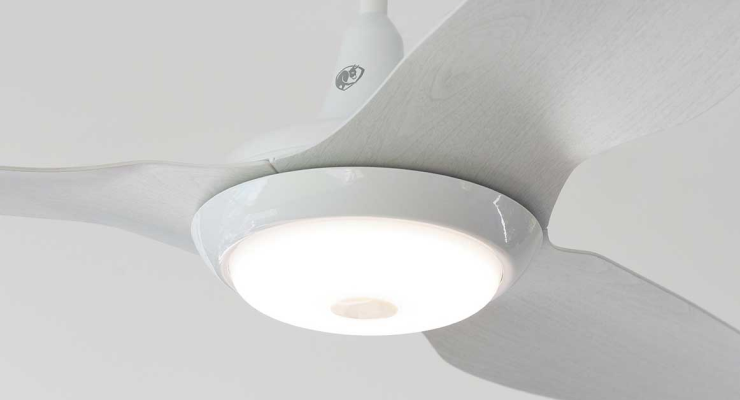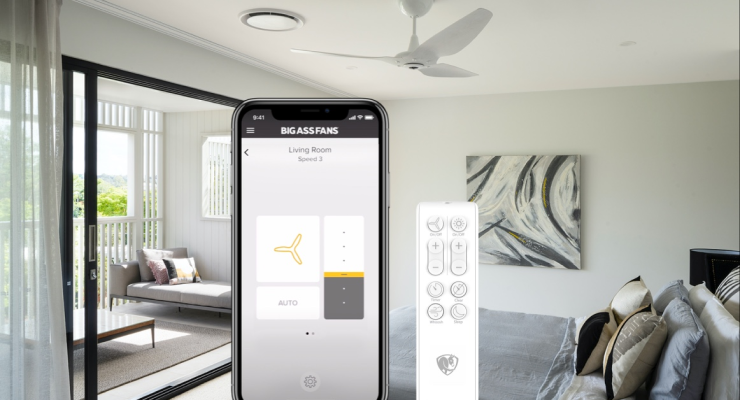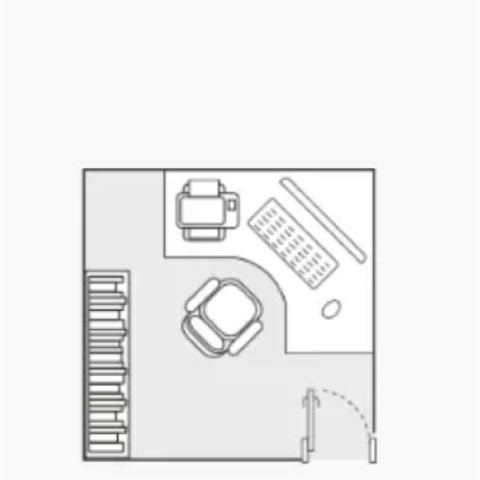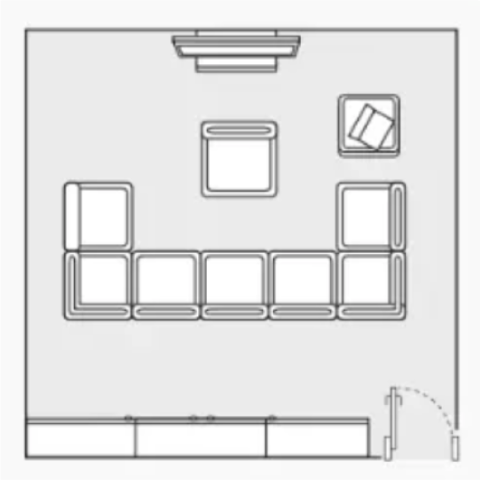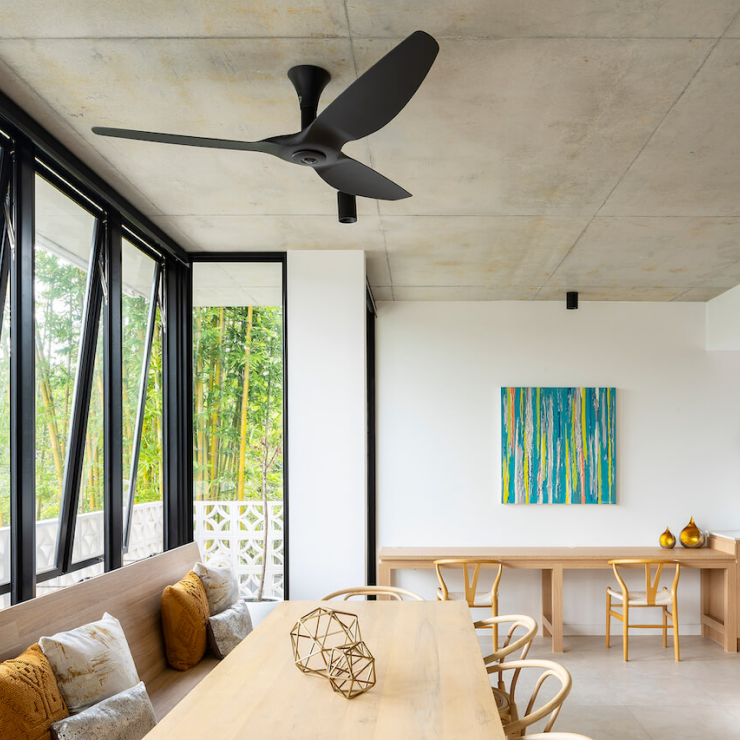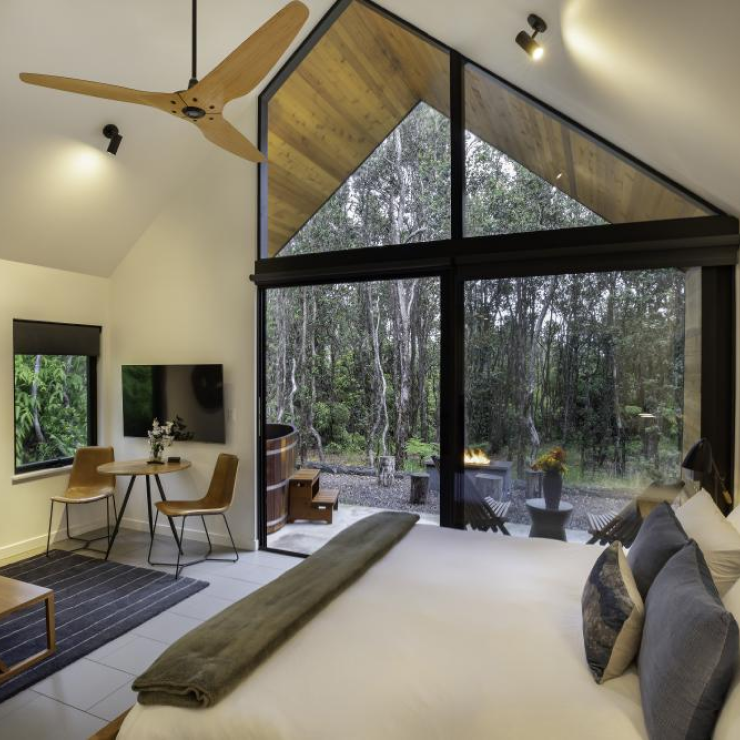FAQs
Is a 3 or 4 blade ceiling fan better?
It depends on your needs and the space. A 3-blade fan usually spins faster and can move air more efficiently with less drag, making it great for performance. A 4-blade fan, on the other hand, tends to run a bit quieter and may suit indoor spaces where noise is a concern. Big Ass Fans, like the Haiku or i6, are designed with advanced blade technology to optimise airflow no matter the blade count — so it’s more about the fan quality than the number of blades. At Heat & Grill, we’ll help you choose the best fan for your space.
Which fan is better, 1200mm or 1400mm?
A 1200mm fan (about 48 inches) is ideal for smaller rooms like bedrooms or home offices. A 1400mm fan (around 56 inches) covers a wider area, making it better for living rooms, open-plan areas, or outdoor spaces. Size affects airflow, so choosing the right one matters. Our team at Heat & Grill can guide you through the full range of Big Ass Fans sizes to ensure the perfect match for your room.
Is a ceiling fan better than AC?
While air conditioning cools the air, ceiling fans circulate it — creating a wind-chill effect that makes it feel cooler. Fans are far more energy-efficient and cost-effective for regular use. For many people, the best solution is both: using a fan alongside AC lets you set the thermostat higher and still stay comfortable. High-performance models like Big Ass Fans can significantly enhance airflow and comfort, all while keeping your energy bills lower.
What is the most efficient type of ceiling fan?
DC motor fans are the most efficient. They use up to 70% less energy than traditional AC motors and offer more speed options, quieter operation, and smoother performance. All of the modern Big Ass Fans, including the Haiku and i6, are built with energy efficiency in mind — combining smart technology and durable materials. You’ll find these top-tier models at Heat & Grill.
Do newer ceiling fans use less electricity?
Absolutely. Today’s ceiling fans are designed with energy efficiency in mind — especially those with DC motors and smart technology. Big Ass Fans lead the way here, offering whisper-quiet performance with impressively low power usage. If you’re upgrading an older fan, switching to a newer model from Heat & Grill’s Big Ass Fans collection could significantly reduce your energy use.
Is it expensive to run a ceiling fan all night?
Not at all! Most ceiling fans cost just a few cents an hour to run. Even if used overnight, they remain one of the most affordable ways to stay cool — especially compared to air conditioning. Models like the Haiku feature energy-saving settings and sleep timers, so you stay comfortable without wasting power. Come talk to Heat & Grill about finding a fan that fits your overnight comfort needs.
How to install a ceiling fan?
Installing a ceiling fan involves securing a mounting bracket, wiring it safely to your home’s power supply, attaching the motor and blades, and testing the operation. If that sounds like a bit much, you’re not alone — which is why many people turn to Heat & Grill. We offer expert advice and can connect you with qualified installers to ensure your Big Ass Fan installation is safe and done right the first time.
Can you use a ceiling fan in the winter?
Yes, you can — and you should! Most modern ceiling fans, including Big Ass Fans, have a reverse function. When set to spin clockwise at low speed, the fan gently pushes warm air down from the ceiling, improving comfort without cranking the heater. It’s a smart, energy-efficient way to keep your space cozy in cooler months. Not sure how to use this feature? Heat & Grill can walk you through the best models and how to get the most out of them, year-round.


